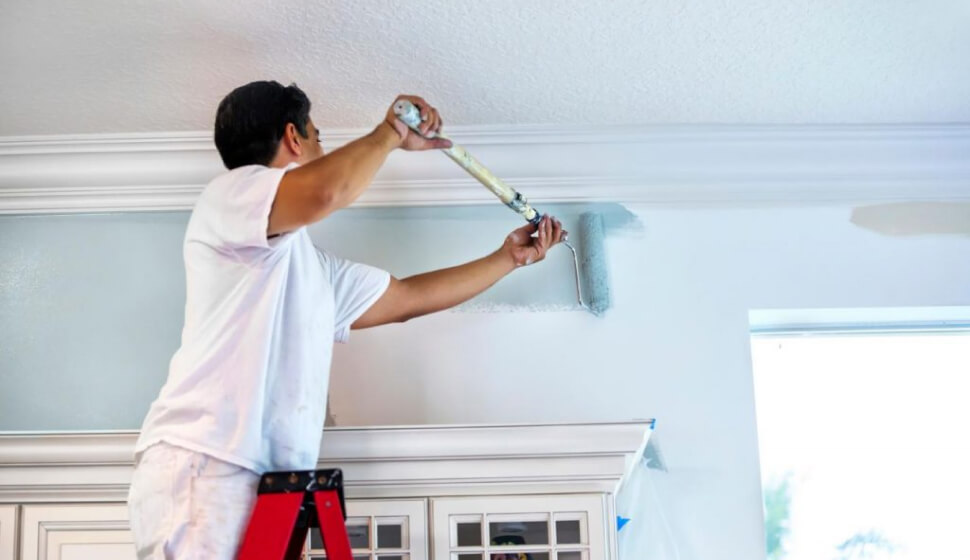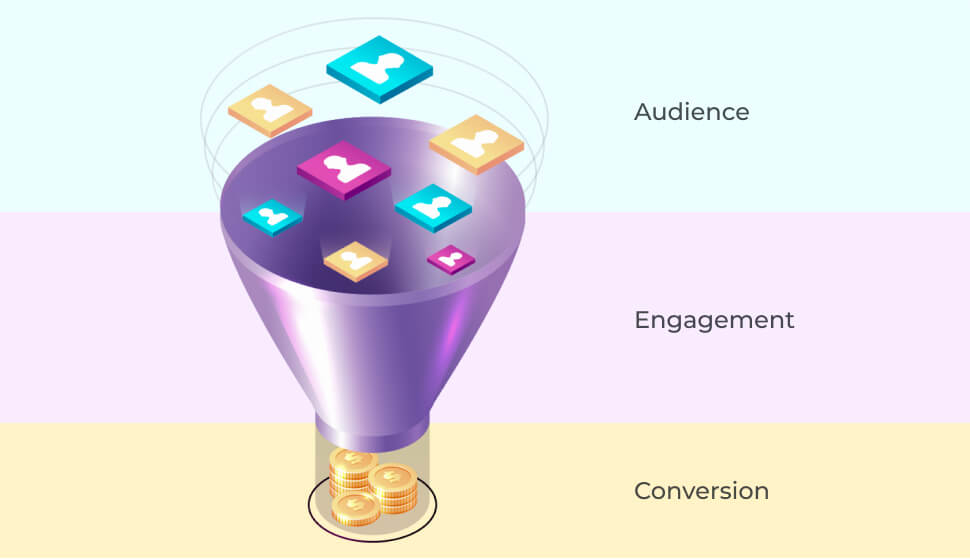Home Remodeling Marketing Funnels

Perhaps one of the fastest growing verticals in the marketing world is the home remodeling sector.
Lead volumes have grown 54-300%, depending on the vertical. Long gone are the days when you ask your neighbours for their handyman’s contacts. Today’s consumer prefers to browse online and complete their research without conferring with anyone else. The pandemic has exacerbated this effect even more, with most people staying at home and redirecting a lot of their attention to renovations and mini projects around the house. If history has taught us anything, is that this trend is likely to continue on even after the pandemic.
So what does this mean for those trying to gain additional customers for their home remodeling business and how should they do it?

First, consider what this trend in the market actually means. It basically tells you two things - the consumer is looking for digital engagement and your competition probably is looking to engage them. Having this in mind, let’s discuss what the best ways are to engage your prospects and how to actually implement it.
Let’s dissect how a typical home remodeling funnel works. A lead is generated using some sort of marketing strategy, then it is qualified and set (typically over the phone), finally an in-person interaction takes place where a presentation, pitch and an attempt to close follows. All three of these touch points have to co-exist together and be in sync. Each consecutive step must happen with utmost urgency once the previous has concluded.
To make it work, you must ensure that the leads that are being generated are contacted immediately, without any delay. Likewise, the appointments that are being set should be set next day or as soon as the prospect is available. This ensures continuity and professionalism from your end, which will help you close that sale.
Receive 50 pre-qualified exclusive leads without any contracts and tech setups
at no charge
Before we get carried away, let’s refocus on the marketing part of the funnel and break it down. We have already written an article about “Cold” vs “Warm” traffic and to keep the same line of thinking we will focus on a “cold” traffic funnel. We will discuss a general approach to this and at the end provide an example.
As with any marketing funnel, you need to understand what your core offer is. In the home remodeling sector, it is typically an estimate. This implies that a key conversion for your marketing funnel is a lead that wants to receive an estimate from you. Now let us work backwards from this. Before a prospect requests that estimate they must first have sufficient interest in your product. To generate interest in your product you must adequately explain its features and benefits, boast about your service track record, provide adequate comparisons and cover the most relevant pain points that a consumer may have. In order to ensure that you are trying to generate interest in those that actually have a need for your product, you must have laser focused audience targeting. Consider that trying to generate interest in a home renovation in a 35 yr old female that is into fashion and makeup would be much more challenging than in a 47 yr old man that just purchased a fixer upper. Incidentally, although the targeting component is the easiest to understand it is the most difficult to execute.
In our practice, we track and analyze hundreds of different metrics including interests, placements, demographics, location, income, lifestyle and many more.

If we are to summarize the above in very simple terms, we can see that we have the top of the funnel - audience and targeting; the middle of the funnel - interest engagement; and the conversion - CTA (Call To Action) or estimate request.

Now, let’s apply that to a common example like metal roofing. At the top of the funnel you want to make sure you’re targeting those that have a need for metal roofing, either because their current roof is old or because the performance of their roof is unsatisfactory. Due to the heavy price tag of a metal roof, you also want to make sure that your prospects can pay for it. In the middle of the funnel you want to educate your prospects about the benefits of the metal roof. Its insulative properties, ease/speed of installation and perhaps compare it to their current roof material. Finally, you want to turn these prospects into potential buyers by demonstrating your utility and as well as why you are the best service provider they can go with.
 4 min read
4 min read




